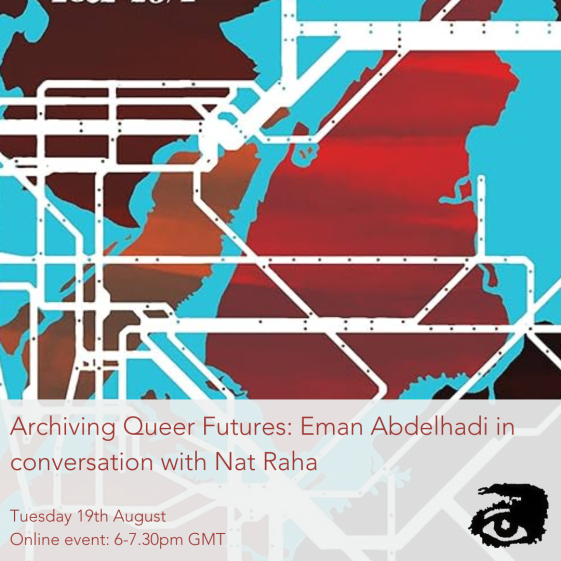Tag: archivists
-

Asexuality in the Archive
This interactive workshop introduces how asexuality was treated as a medical issue in the Victorian Age and its impact on contemporary media representation. It will begin by examining how nineteenth-century […]
-

Archiving Queer Futures: Eman Abdelhadi in conversation with Nat Raha
You can now watch the recording of this event online. Lavender Menace hosted an online discussion between two activist scholars on imagining and archiving queer futures. Dr Eman Abdelhadi is […]
-

Archiving Queer Futures: Eman Abdelhadi in conversation with Nat Raha (online)
Join Lavender Menace for an online discussion between two activist scholars on imagining and archiving queer futures. Dr Eman Abdelhadi is an academic, activist and writer who thinks at the […]
-

Queer Traces: open evening
Join us for the opening night of our exhibition Queer Traces by curator and volunteer archivist Alex Lednicky!
-

Queer Traces exhibition
Curator and volunteer archivist Alex Lednicky presents Queer Traces, an exhibition which traces queer history through the books and ephemera at the Lavender Menace Queer Books Archive.
